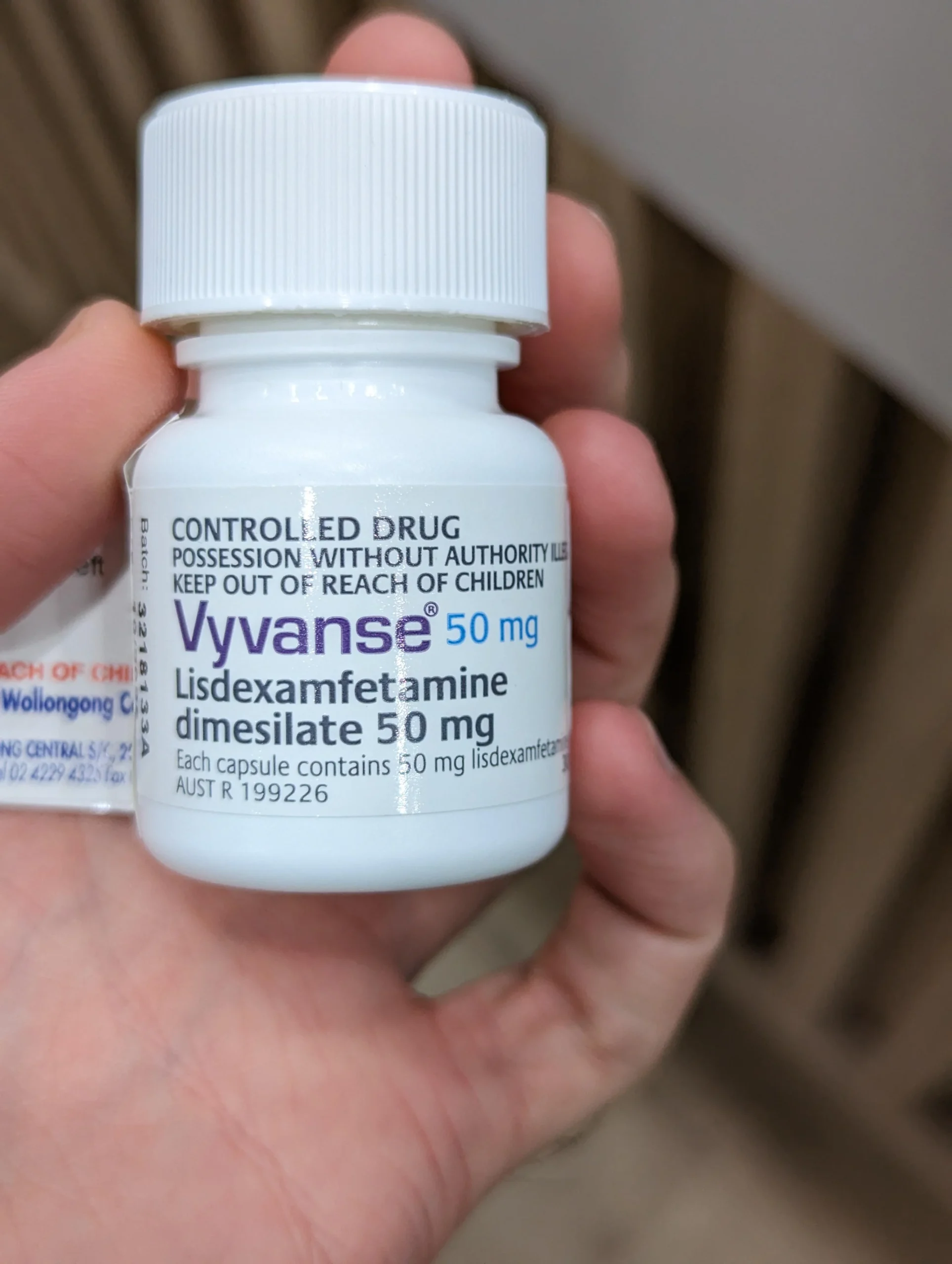- You have no items in your shopping cart
- Continue Shopping

When it comes to the treatment of Attention Deficit Hyperactivity Disorder (ADHD) and certain sleep disorders, Adderall and Vyvanse are two of the most commonly prescribed medications. Both belong to a class of drugs known as stimulants and can be highly effective in managing symptoms. However, they differ in formulation, onset of action, duration, and side effects. Understanding these differences can help patients and caregivers make informed decisions about their treatment options.
Adderall: 20 mg
Adderall is a combination of amphetamine salts, specifically composed of dextroamphetamine and amphetamine. The 20 mg dosage is typically prescribed for individuals with moderate to severe ADHD symptoms. Here are some key points to consider:
- Mechanism of Action: Adderall works by increasing the levels of neurotransmitters, particularly dopamine and norepinephrine, in the brain. This action helps improve focus, attention, and impulse control.
- Onset and Duration: Adderall usually begins to take effect within 30 to 60 minutes after ingestion, with peak effects occurring around 2 to 4 hours. The immediate-release formulation lasts approximately 4 to 6 hours, making it suitable for those who need short-term symptom relief.
- Side Effects: Common side effects include insomnia, dry mouth, loss of appetite, and increased heart rate. As with all stimulant medications, there is a risk of dependency, so it’s important to use Adderall under the supervision of a healthcare provider.
Vyvanse: 50 mg
Vyvanse, on the other hand, is a prodrug of dextroamphetamine, meaning it is inactive until metabolized by the body. The 50 mg dosage is often prescribed for patients who may need a higher dose due to the severity of their symptoms. Key points include:
- Mechanism of Action: Similar to Adderall, Vyvanse increases dopamine and norepinephrine levels but does so more gradually due to its prodrug status. This can lead to a smoother experience with less potential for a “crash” as the medication wears off.
- Onset and Duration: Vyvanse typically takes longer to begin working, with effects usually starting within 1 to 2 hours after ingestion. However, it has a longer duration of action, often lasting up to 14 hours. This makes Vyvanse an excellent option for those who require extended symptom control throughout the day.
- Side Effects: Vyvanse shares many of the same side effects as Adderall, including insomnia, decreased appetite, and irritability. However, due to its gradual release, some patients may find that Vyvanse is easier on their system with fewer peak-and-valley experiences.
Comparative Summary
- Potency: The 20 mg dose of Adderall may provide a quicker response, while 50 mg of Vyvanse offers extended coverage for symptoms. The effectiveness of each medication can vary based on individual metabolism and response.
- Dosing Flexibility: Adderall is available in both immediate-release and extended-release formulations, providing flexibility for users who may need varying levels of symptom control. Vyvanse, being a long-acting option, is designed for once-daily dosing.
- Dependence and Abuse Potential: Both medications carry a risk of dependence due to their stimulant nature, but Vyvanse’s prodrug formulation may result in a lower potential for abuse since it must be metabolized to become active.
Conclusion
Choosing between 20 mg of Adderall and 50 mg of Vyvanse should involve a thorough discussion with a healthcare provider. Factors such as lifestyle, symptom severity, and individual response to medications will play a crucial role in determining the best option. While both medications can significantly improve focus and attention, understanding their differences can lead to more effective and personalized ADHD treatment. Always follow your healthcare provider’s recommendations and never adjust your medication dosage without consulting them first.
You Might Also Like These:




